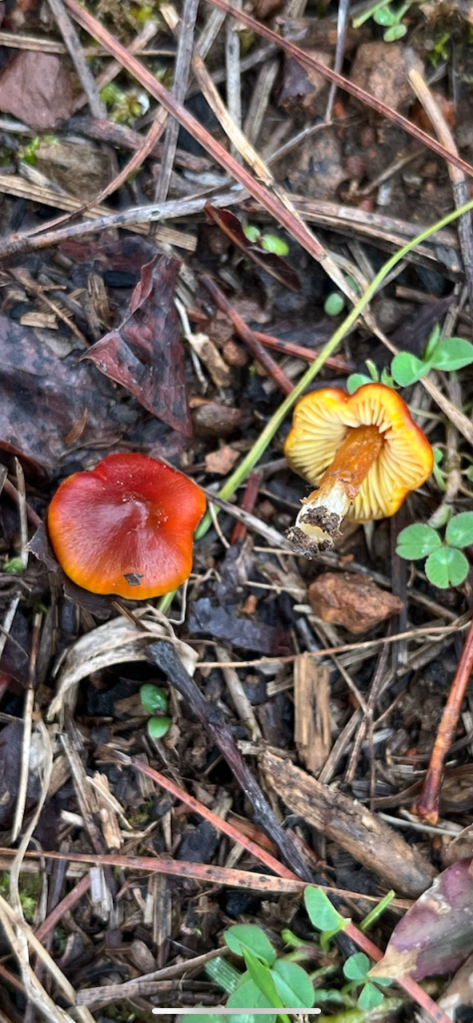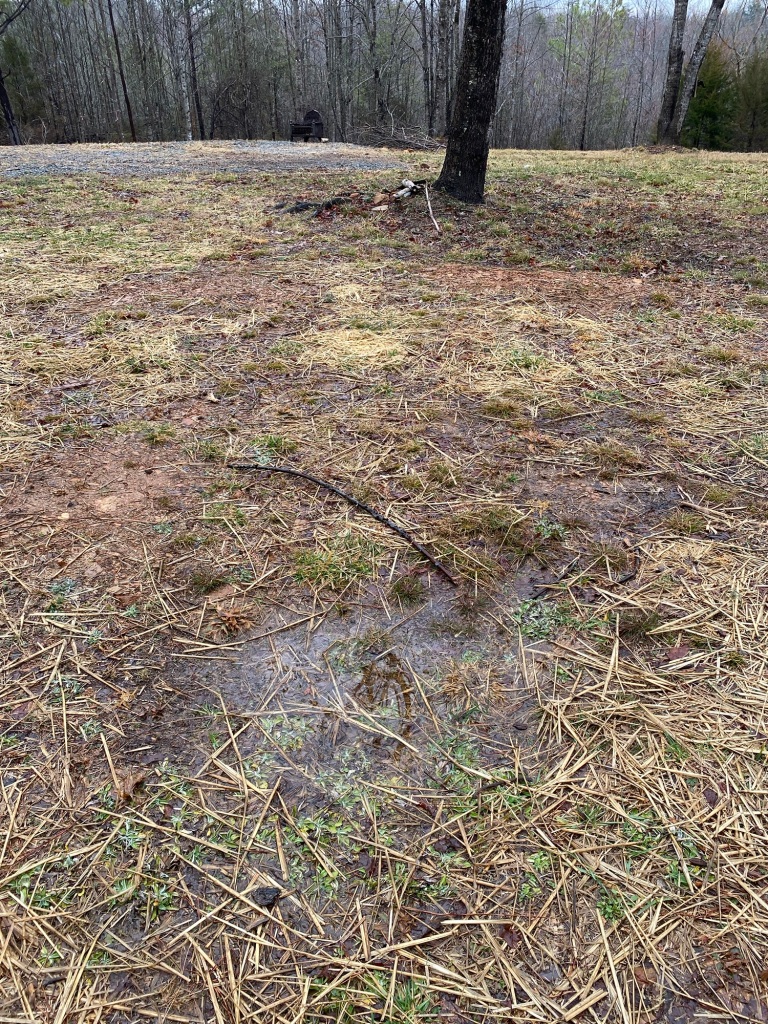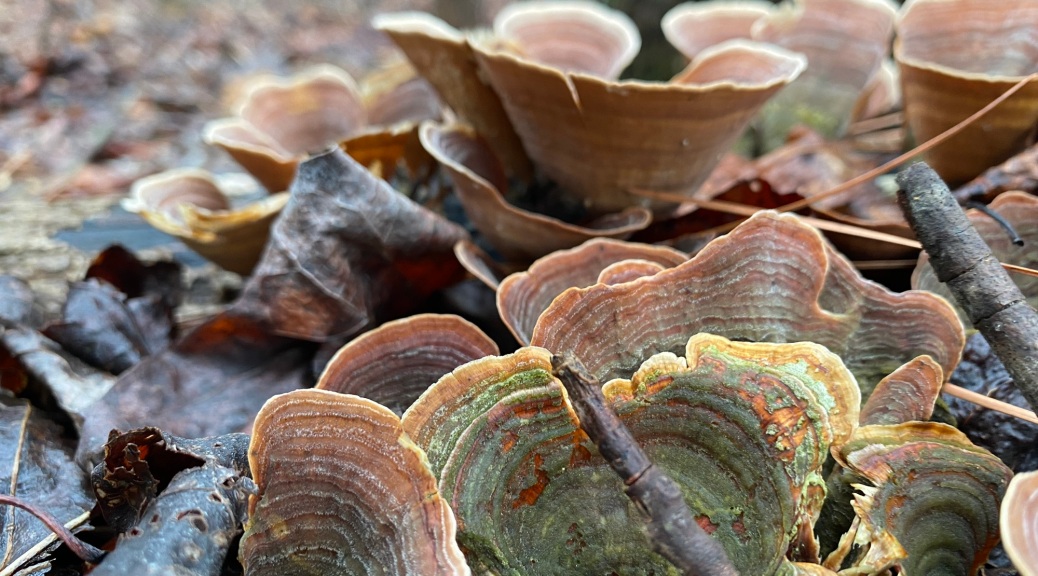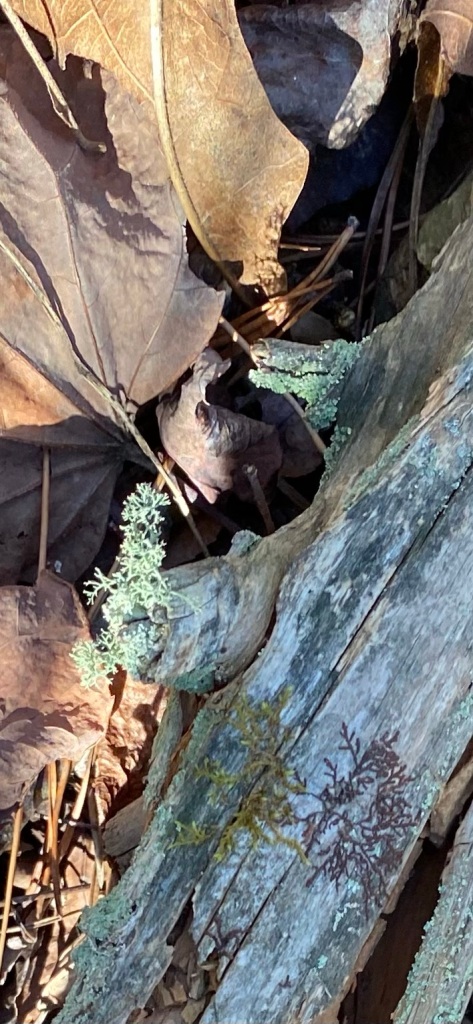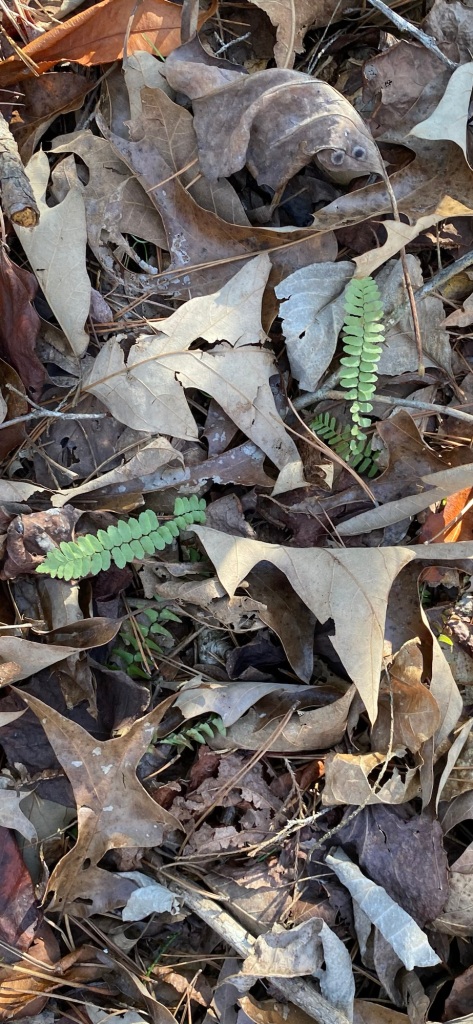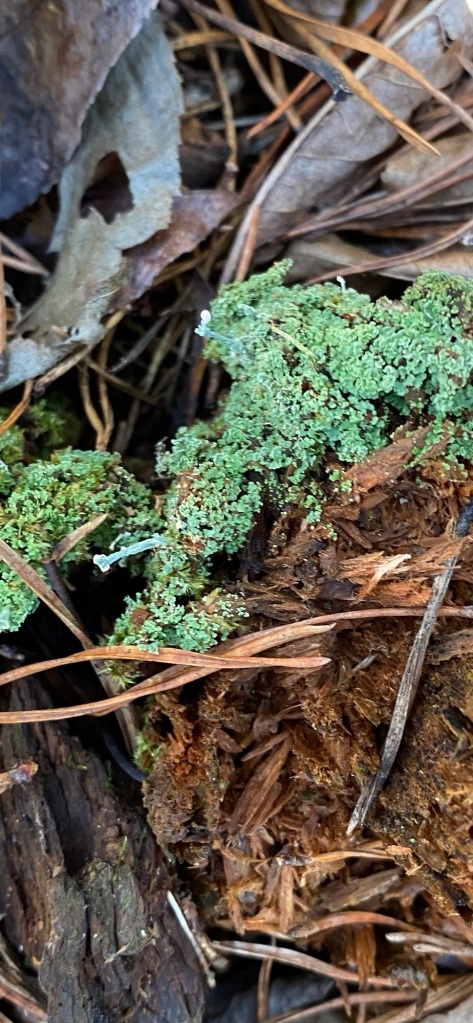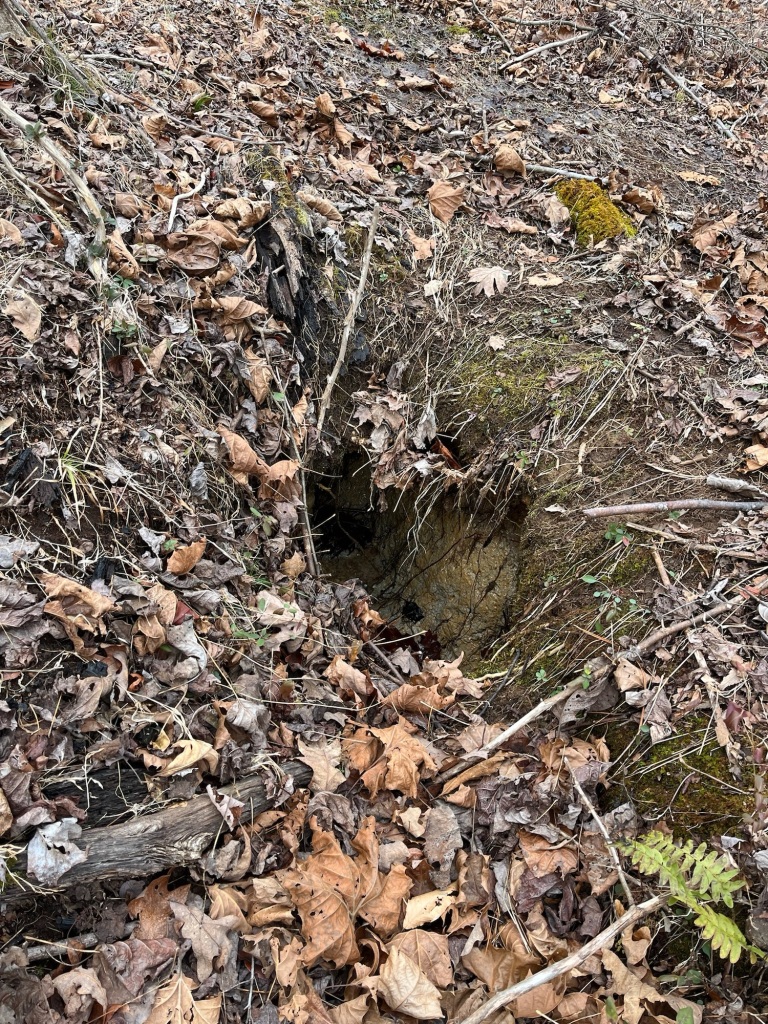After going out on April 27 (a little over 2 weeks ago) and hand pollinating the pawpaws, we were delighted yesterday to see them beginning to grow the tiniest fruit. About 10 trees have fruit forming so far. These were the trees we found flowering and used Q-tips to pollinate. There are at least 100 pawpaw trees down there. We have plans to bring more sunlight into the pawpaw patch and move some of the pawpaws to spread them out. We are beyond excited for these fruits and can’t wait until fall to harvest them. We hope to grow our population of pawpaws and increase their productivity.

The blueberries continue to develop and we find more and more plants flowering and growing small green blueberries. We hope to taste a few before the animals get to them.
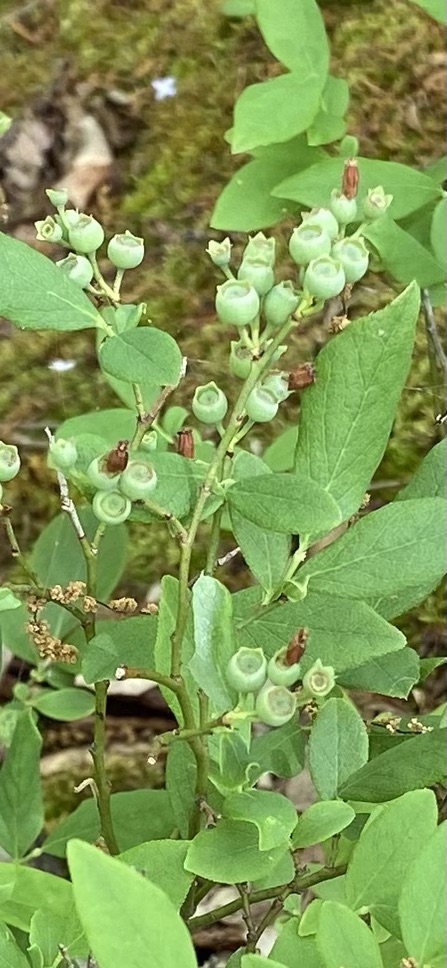
We expected to find many mushrooms at the farm since it’s been raining a lot this past week, but we only found these Gloeophyllum along the sunny southern border.

We found this colorful pair of six spotted tiger beetles down by the waterway at the south side. They feed on a wide variety of arthropods and over winter in larval burrows.

We continue to pull up and clear out invasive trees as we find them. So far, tree of Heaven, mimosa and paulownia are the invasive species and we find them mainly along the road. We also continue to take down black Cherry trees that are diseased and dying.
We’re taking back our southern border and clearing out overgrown brush. It is so satisfying to cut the tangled overgrown weeds back. We are thrilled with our old Husqvarna.













